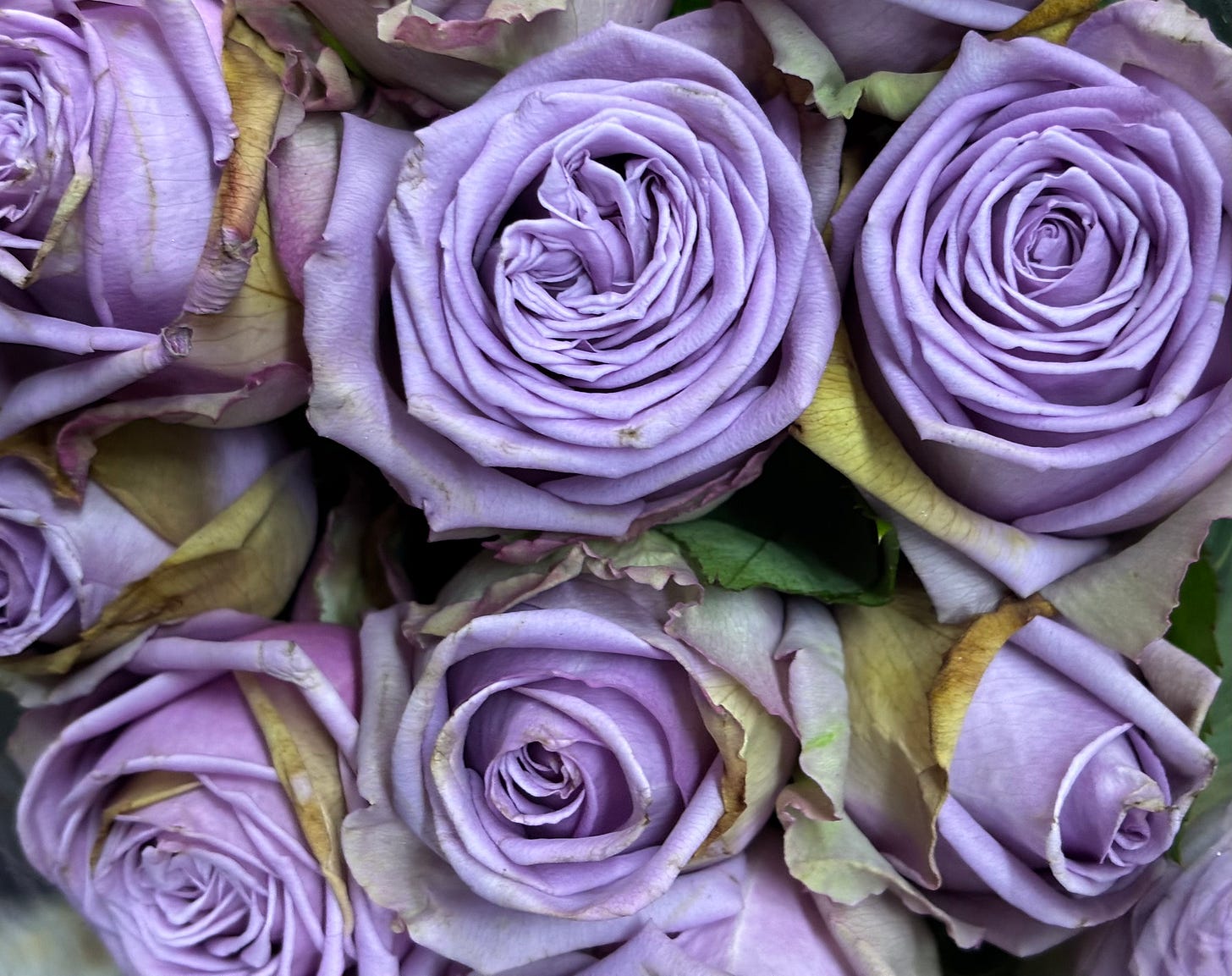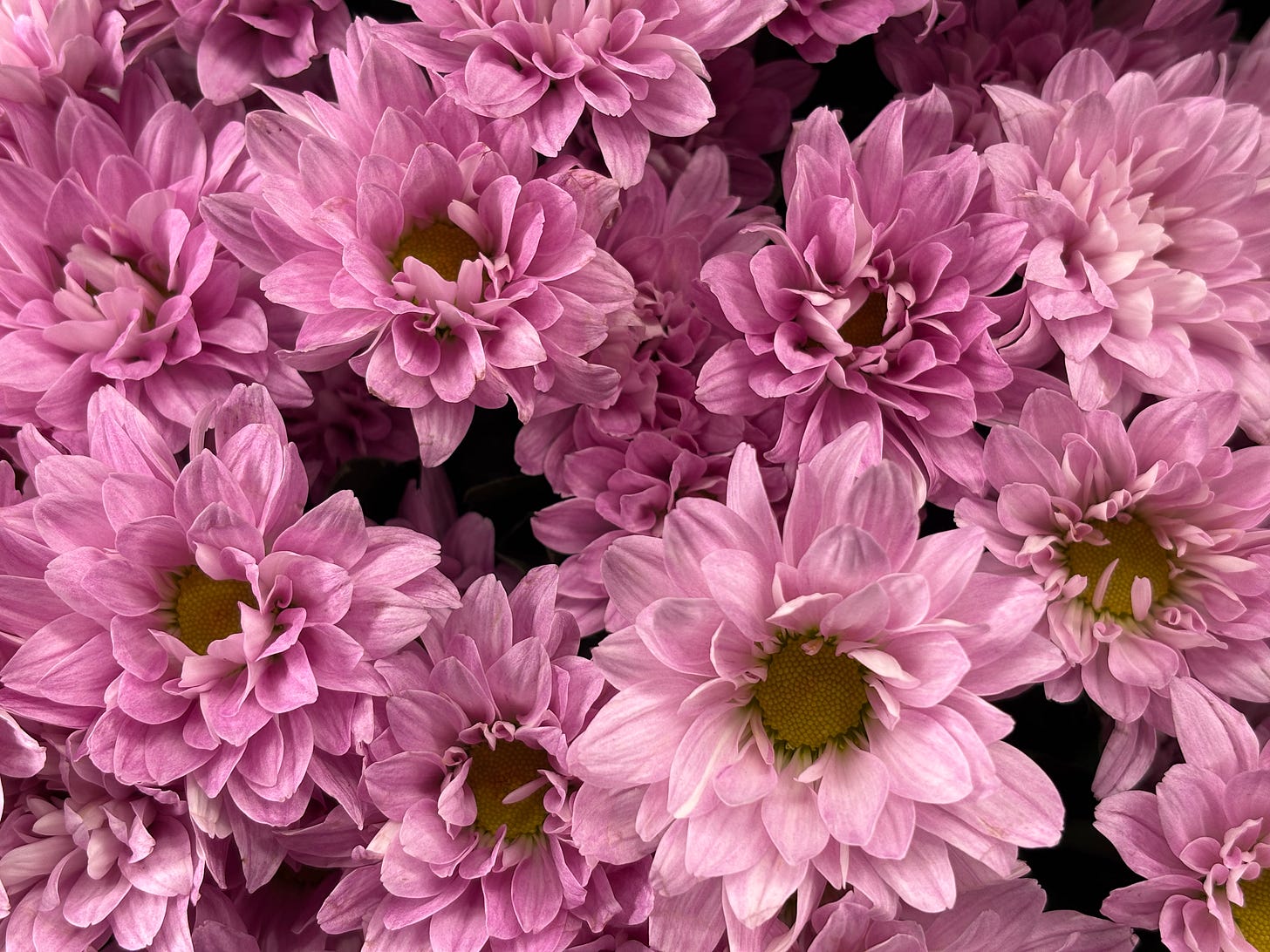Dear friends, It’s been a long while! How are you all?
I’ve been working on some slow-burn writing projects and in some non-writing worlds — more eventually on all of that. In the meantime, I jumped at a recent opportunity to write about cut flowers, not my usual beat, but as it turns out, a new and fitting addition to the world of unnatural history.
You can read the article here at The Monthly, Australia’s coolest magazine.
As I wrote the piece, I thought about buying blooms back in the day. Freesias, ranunculus, peonies, tulips, they were a moment of grace, they didn’t cost much, and when I put them in a vase they usually lasted longer than a day.
The world of flowers has very much changed. Today, in many places in the world, flowers—flowers!—may be destroying the environment. It’s the ones that have flown thousands of kilometres to sit at the door of your local supermarket you should be worried about. Supermarket roses, I am sorry to say, are the worst.
I spoke to Australian florist Matthew Landers, who grew up in a flower store. The industry, he noted, has many moving parts, and while there wasn’t enough space to explore all of it, we spoke about the rapidly growing flower import trade and its impact on the planet, as well as the bewilderment that hits 21st century mid-career experts when fewer and fewer jobs call on the skills that they’ve spent a life building.

I showed Landers this photo, taken at my local supermarket. I assumed the roses were dyed. They weren’t, he said. In fact, their colour is known as Cool Water, “a prime example of how many amazing colours flowers come in, without the need to be dying anything.”
You could write an article about the names of rose colors alone. Fans of lipstick will understand the ouvre. They include Kings Cross, Sweet Cake, Veggie, Tabatha, Nexus, Newsflash, Sunset X-pression and Pompeii—a tight bud with pinkish-cream petals and light green crinkly edges, that looks exactly like what I imagine a rose in pre-eruption Pompeii would look like.
If you read the article, please consider sharing it. And if you want to support your local florists and your country’s flower farmers, ask sellers where their flowers were grown. I bet you they don’t know.
PS. If you have been added to this newsletter list but do not want to receive these posts, apologies, and feel free to hit unsubscribe below.







